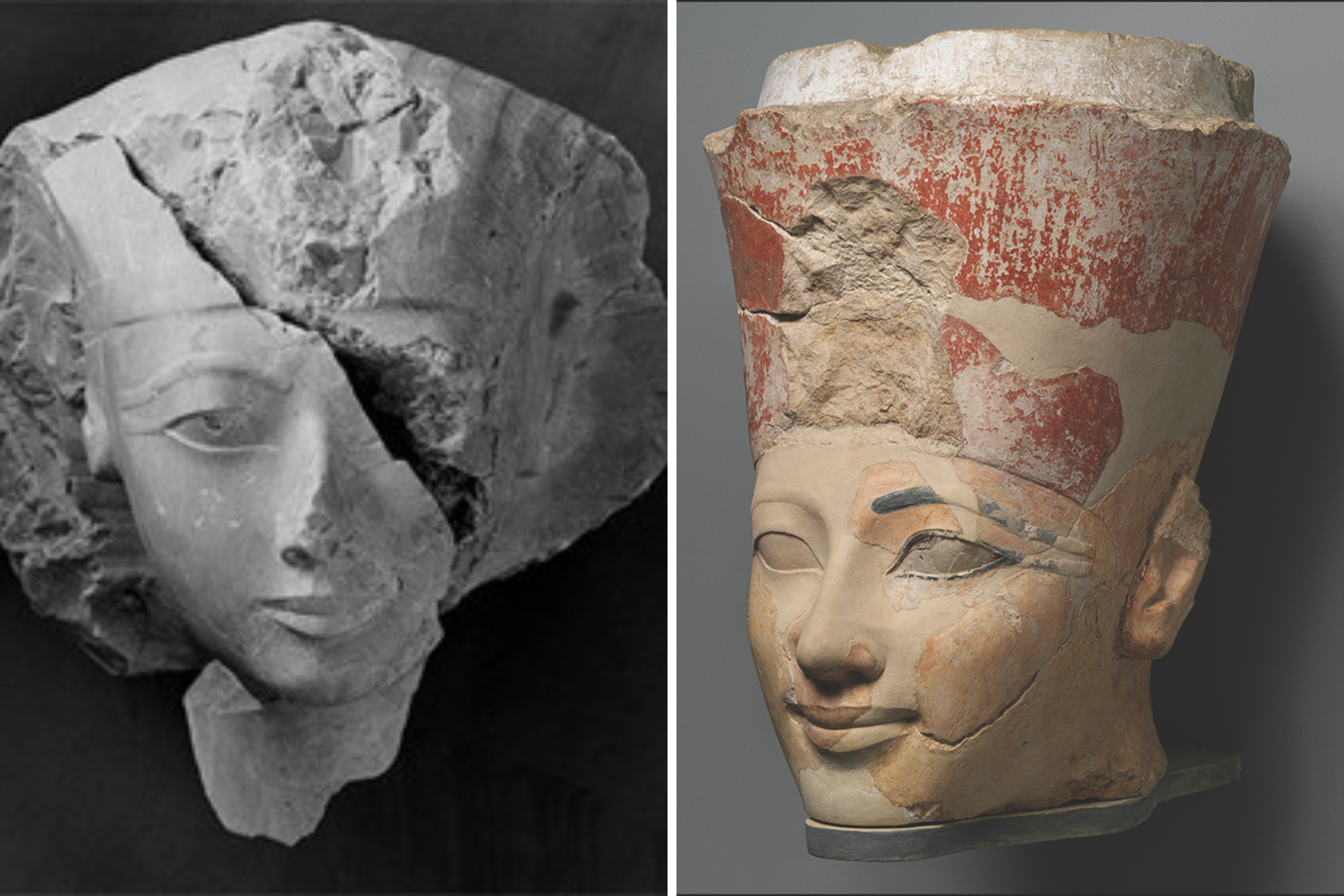🎙️ Voice is AI-generated. Inconsistencies may occur.
A team of Italian researchers have entered the debate over the Shroud of Turin, the linen cloth believed by some to have been Jesus Christ's burial shroud.
In a study published in the journal Heritage, the authors conducted dating work on a sample from the Shroud, coming to the conclusion that it may be a 2,000-year-old relic.
The Shroud, which has long been the subject of intense scrutiny, features a faint image of man that some believe is the body of Jesus miraculously imprinted onto the cloth. While the latest study does not discuss the question of whether or not the artifact was indeed Jesus' burial shroud specifically, the authors did find that its age is roughly consistent with his time.
The findings challenge previous research supporting a medieval origin of the Shroud, which is one of the most studied archaeological objects in the world.

While some studies have come to the conclusion that the artifact might be genuine, the scientific consensus leans toward the Shroud being a medieval artifact and a forgery.
The Shroud was denounced as a forgery by the bishop of Troyes, Pierre d'Arcis, in 1389, who allegedly identified the artist responsible. Nevertheless, the debate is ongoing, with uncertainties and alternative viewpoints persisting, hampering a definitive conclusion regarding its authenticity.
Among the research indicating a medieval origin for the Shroud is pivotal radiocarbon study conducted in the late 1980s, which concluded that the linen dates to between A.D. 1260 and A.D. 1390—corresponding with the artifact's first documented appearance in France in the 1350s. These results indicated that it was not the burial cloth of Jesus.
But some experts, such as the authors of the Heritage study, argue that these tests might have been flawed due to contamination. Such arguments revolving the contamination hypothesis have previously been challenged as well.
In the Heritage study, lead researcher Liberato De Caro, from the Institute of Crystallography in Italy, and colleagues employed a novel method for dating ancient linen threads by inspecting their structural degradations using a technique known as Wide-Angle X-ray Scattering. This was applied to a small sample from the Shroud, which currently resides in the Cathedral of St. John the Baptist in Turin, Italy.
The authors said the results of their analysis were "fully compatible" with analogous measurements obtained from a linen sample whose dating, according to historical records, is A.D. 55-74, and consistent with the hypothesis that the Shroud is a 2,000-year-old relic.
"X-ray penetrates into matter and allows [us to] measure the order of the structures," De Caro told Newsweek. "With aging—periods of many centuries—cellulose shows a reduction of its natural order. With X-ray we can measure this order and associate an age to the investigated sample. The natural aging of the linen of the Turin Shroud is compatible with 2,000 years of history."
The authors note that the results are only compatible with this hypothesis under the condition that the artifact was kept at suitable levels of average temperature (around 20-22.5 degree Celsius, or 68-72.5 degrees Fahrenheit) and a relative humidity of 55-75 percent for 13 centuries of unknown history, in addition to seven centuries of known history in Europe.
"The values of temperature and humidity indicated in the research are 'secular values'— i.e., average values for a very long period of time of 100 years. The secular average values are quite constant if compared to daily/monthly/seasonal variations," De Caro said.
Since the results do not agree with previous radiocarbon dating research, the authors said "a more accurate and systematic X-ray investigation of more samples taken from the Turin Shroud fabric would be mandatory to confirm the conclusions of our study."
Do you have a tip on a science story that Newsweek should be covering? Do you have a question about archaeology? Let us know via science@newsweek.com.
Update 09/06/24, 10:19 a.m. ET: This article was updated with additional comment from De Caro.
References
De Caro, L., Sibillano, T., Lassandro, R., Giannini, C., & Fanti, G. (2022). X-ray Dating of a Turin Shroud's Linen Sample. Heritage, 5(2), Article 2. https://doi.org/10.3390/heritage5020047
fairness meter
About the writer
Aristos is a Newsweek science and health reporter with the London, U.K., bureau. He is particularly focused on archaeology and ... Read more




